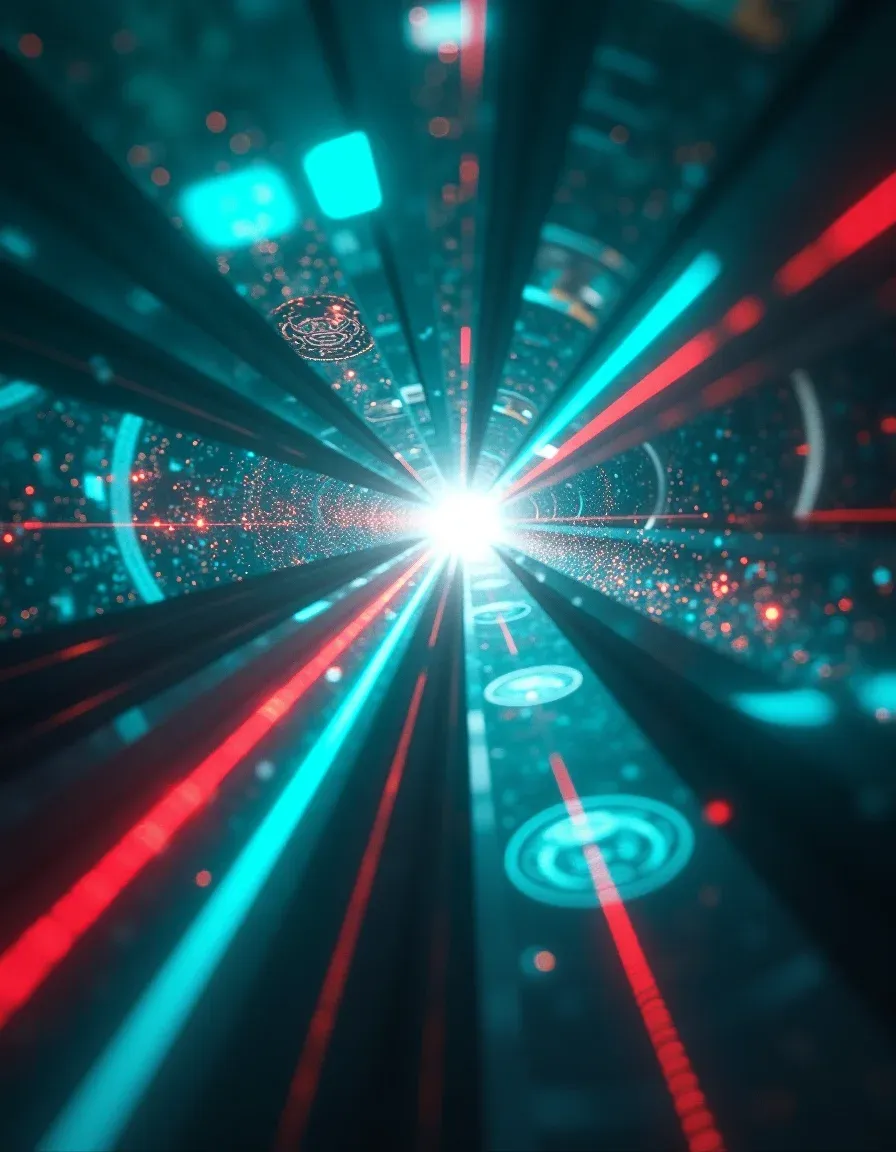Beyond Red Dots: Weird, Wonderful Ways We Actually Use Lasers
Think lasers are just toys and light shows? From healing eyes and welding microchips to eavesdropping with light and measuring the Moon, this quick tour reveals the weird, powerful roles lasers play in science, medicine, and industry.

Question (rephrased): Lasers are everywhere — sure — but what are some of the unusual or downright surprising things we actually use lasers for?
Short answer: a lot. And not just flashy light shows and pet toys. Lasers pop up in medicine, space science, extreme precision measurements, and even long-distance listening. Here’s a friendly tour of some of the coolest uses.
Medical and body-work magic
Lasers aren’t just for cutting — they fix your eyes (think LASIK), help heal tendon injuries, and treat skin problems. Some therapeutic lasers are used to reduce pain and speed tissue repair. It sounds sci-fi, but light tuned just right can change tissue behavior in useful ways. For a general overview of lasers, see https://en.wikipedia.org/wiki/Laser.
Making things — from chips to sculpture
- Micro-manufacturing: Lasers line up silicon crystals and pattern microchips during photolithography.
- Cutting & welding: They’ll slice metal or plastics with micron-level precision; perfect for rapid prototyping and custom parts.
- Levelling, scanning, 3D mapping: Laser levels and indoor scanners speed up construction and architecture jobs.
Weird physics that actually works
Laser cooling is wonderfully counterintuitive. You shine light that’s slightly off-frequency. Moving atoms preferentially absorb photons, lose kinetic energy, and slow down — meaning they get colder. It’s a core trick in atomic physics and quantum experiments. Read more: https://en.wikipedia.org/wiki/Laser_cooling.
Space-level precision
Want to measure the distance to the Moon? There are retroreflectors on the lunar surface left by Apollo and other missions. Shoot a laser at them and time the round trip. That simple idea gives extremely precise Earth–Moon distance data. https://en.wikipedia.org/wiki/Lunar_Laser_Ranging_experiments
Listening with light
Lasers can act like remote microphones. Bounce a laser off a window or surface and tiny vibrations shift the reflected light. With the right analysis, those shifts turn back into sound — useful for remote sensing and research.
Gravitational waves & super-sensitive detectors
Huge laser interferometers like LIGO measure spacetime ripples from colliding black holes. They detect changes far smaller than an atomic nucleus by watching interference patterns in laser beams. https://en.wikipedia.org/wiki/LIGO
Everyday stuff
- Fiber-optic internet uses lasers to carry massive data across continents. https://en.wikipedia.org/wiki/Fiber-optic_communication
- Barcode scanners, optical drives, laser printers, and even entertainment light shows.
- Also: yes — dogs will chase the little red dot. Fun, but keep it safe for eyes and pets.
Quick note: powerful lasers can be dangerous. Don’t point them at anyone’s eyes or at aircraft. Use common sense.
Wrap-up: lasers are more than flashy toys. They’re precision tools that touch medicine, manufacturing, fundamental physics, and space exploration. Next time you see a red dot, remember there’s a whole spectrum of serious, fascinating tech hiding behind that beam.




